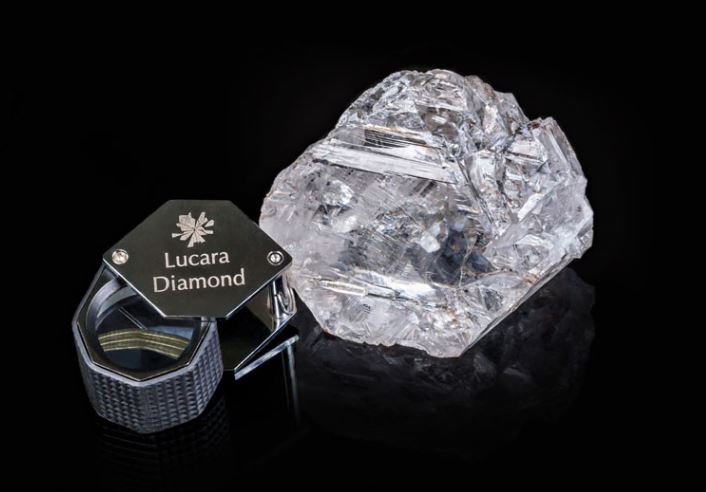Luxury jewelry has long been synonymous with elegance, sophistication, and personal expression. It transcends mere decoration, serving as a form of art that captures emotions, tells stories, and signifies status. This article explores the multifaceted world of luxury jewelry, highlighting its craftsmanship, historical significance, berlian emotional connections, and contemporary trends.

The Essence of Craftsmanship
Luxury jewelry is characterized by its exquisite craftsmanship. Each piece is often handmade by skilled artisans who dedicate years to perfecting their techniques. The meticulous attention to detail ensures that every creation is not only beautiful but also a reflection of high-quality artistry.
Handcrafted Techniques
Many luxury jewelry pieces incorporate traditional methods such as filigree, engraving, and stone setting. These techniques require immense skill and patience, allowing artisans to create intricate designs that stand out. Modern technology, such as 3D printing and computer-aided design, complements these methods, enabling innovative shapes and patterns that push creative boundaries.
Material Matters
The materials used in luxury jewelry play a crucial role in defining its value and allure.
Precious Metals
Gold, platinum, and silver are the staples of luxury jewelry. Each metal has unique properties; for example, platinum is highly durable and resistant to tarnish, while gold offers a warm luster that can be alloyed into various colors, including yellow, white, and rose.
Gemstone Selection
Gemstones are often the crowning glory of luxury jewelry. Diamonds, known for their brilliance, are highly sought after, but colored gemstones like sapphires, emeralds, and rubies are increasingly popular for their vibrancy and rarity. The selection process is meticulous, considering factors such as cut, clarity, color, and carat weight to ensure that only the finest stones are chosen.
A Journey Through History
Luxury jewelry has a rich historical narrative that reflects cultural values and societal changes. Throughout the ages, jewelry has served as a symbol of power, wealth, and personal identity.
Ancient Significance
In ancient civilizations, jewelry was often worn as a status symbol and a means of protection. For instance, the Egyptians adorned themselves with gold and lapis lazuli, believing these items would safeguard them in the afterlife.
Modern Icons
In the contemporary world, iconic brands like Van Cleef & Arpels, Boucheron, and Tiffany & Co. have shaped the luxury jewelry landscape. Their designs often reflect artistic movements and cultural shifts, becoming timeless classics that resonate with collectors and fashion enthusiasts alike.
Emotional Connections
Luxury jewelry often carries profound emotional significance. It marks milestones in life—engagements, weddings, anniversaries—and serves as a reminder of cherished moments and relationships.
Heirloom Treasures
Many luxury pieces become family heirlooms, passed down through generations. These items hold immense sentimental value, encapsulating stories and memories that enrich their worth. The emotional connection transforms luxury jewelry from mere accessories into treasures that can last a lifetime.
Contemporary Trends
As society evolves, so do the trends in luxury jewelry. Today, personalization and sustainability are at the forefront of the industry.
Customization and Individuality
Consumers increasingly seek personalized jewelry that reflects their unique identities. Many brands now offer customization options, allowing clients to design pieces that resonate with their personal stories and tastes. This trend not only enhances the emotional value but also makes each piece a distinctive representation of the wearer.
Sustainable Practices
The luxury jewelry sector is also embracing sustainability. Ethical sourcing and environmentally friendly practices are becoming standard as consumers demand transparency. Lab-grown diamonds and recycled materials are gaining popularity, appealing to a new generation that values both beauty and responsibility.
Investment Potential
Luxury jewelry serves as both a stunning accessory and a smart investment. Renowned pieces from established brands often appreciate over time, making them valuable assets. Collectors actively seek out unique designs and limited editions, recognizing the potential for significant returns.
Conclusion
Luxury jewelry is a captivating blend of artistry, history, and emotional resonance. It represents more than just beauty; it encapsulates stories, memories, and personal significance. As trends shift towards personalization and sustainability, the allure of luxury jewelry remains timeless. Whether worn for special occasions or cherished as family heirlooms, these exquisite pieces continue to celebrate the elegance and creativity that define human expression.